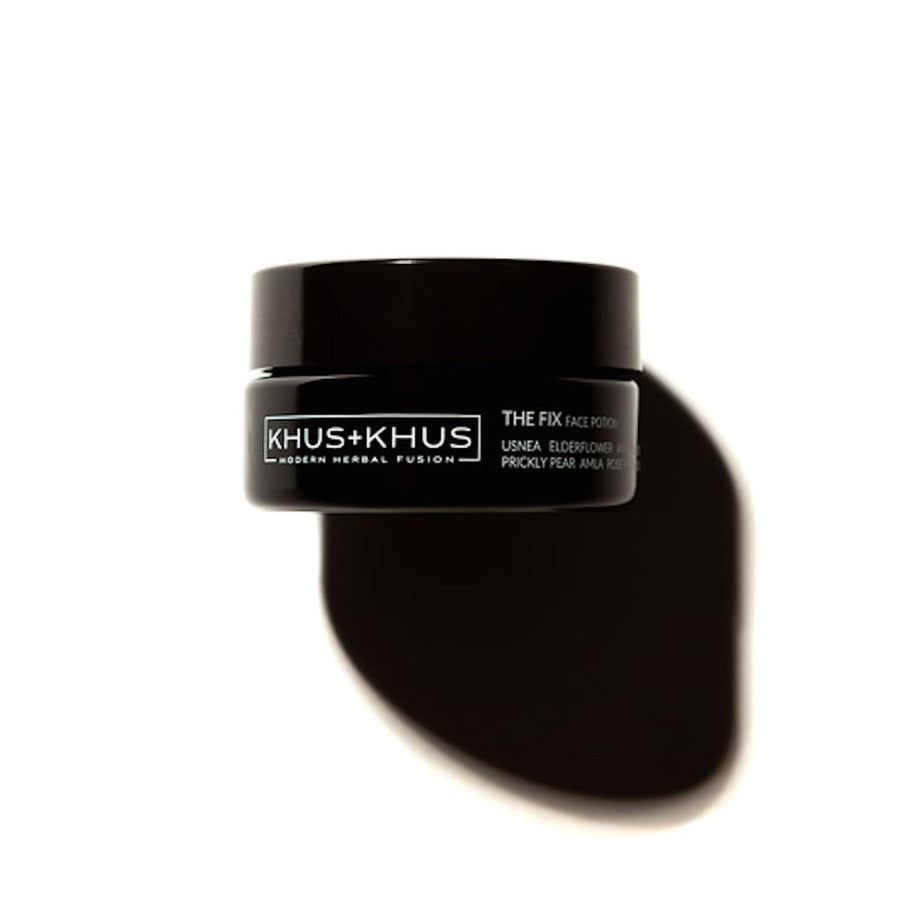The Ugly Side of the Beauty Industry: 7 Beauty Ingredients to Avoid
The best way to ensure you're purchasing safe, non-toxic beauty products is to read product labels and familiarize yourself with the ingredients. We've put together a list of seven ingredients you'll want to avoid when making your next cosmetic purchases.
Fragrance
Of all the ingredients to avoid, fragrance is perhaps the most misleading. The beauty industry is heavily self regulated and has enacted “trade-secret laws” allowing it's manufacturers to create synthetic chemical mixtures containing as many as five hundred chemicals at a time. The beauty industry labels these chemical mixtures as "fragrance" on your cosmetic and skincare products. In other words, you’re not just getting a delightful whiff of pleasant smell; you’re also likely getting a ton of masked, potentially-dangerous chemicals. And these chemicals may expose you to allergens, neurotoxins, hormone disruptors and more.
Listed as fragrance, perfume or parfume on the product ingredient list, these hidden chemicals are in makeup, deodorant, body lotions, shampoo, perfume, soap and pretty much any personal-care product that has a scent. Fragrance can also stand in for natural essential oils, which can be irritating to sensitive skin. When it comes to fragrance, you simply don’t know what you’re getting unless it's from a reputable brand or check the product with the Environmental Working Group’s Skin Deep database.
Nanoparticles
These tiny particles are 80 times thinner than a human hair and a major ingredient within the beauty industry due to their ability to deliver a product’s benefits in an effective manner. However, this means they can also deliver the product’s dangerous chemicals straight through protective layers of your body, including the protective layers surrounding your skin, brain and womb, potentially causing cell damage.
Until there is research showing nanoparticles are not a health risk, they should be avoided when purchasing beauty and personal-care products.
Phthalates
Phthalates are chemical compounds that are commonly added to plastics to increase their flexibility, transparency, durability and longevity and are used in a wide range of cosmetic and personal care products, including perfume, hair spray, soap, shampoo, nail polish, and lotions. Phthalates is perhaps one of the most known harmful ingredients on ingredient labels, if only because no one seems to know how to properly pronounce them. (Some speculate that it is thall-lates.) They are suspected carcinogens and known hormone disruptors.
Parabens
Like nanoparticles and phthalates, parabens are also a major ingredient in the beauty industry and a common ingredient used in cosmetics, beauty and personal-care products. These are the preservatives that give your makeup, conditioner, shampoos, and lotions a longer shelf life and expiration date. Parabens are known hormone disruptors, may also be a carcinogenic and can prematurely age your skin. One study revealed parabens can contribute to a higher rate of skin wrinkling and sun spots when exposed to the sun.
1,4-Dioxane
1,4-dioxane, a carcinogen linked to organ toxicity and may be found in as many as 22 percent of the more than 25,000 cosmetics products in the Skin Deep Database. However, you won’t find it on ingredient labels. That’s because 1,4-dioxane is a contaminant created when common ingredients react to form the compound when mixed together and is a known carcinogenic. Moreover, this harmful compound was found in up to 48% of personal care products tested by the Environmental Working Group in 2008.
These are surfactants used in shampoo, soaps, toothpaste and other products to give them suds and bubbles. They are possible hormone disruptors and furthermore, 1,4-dioxane may be found in sodium laureth sulfate. So sacrifice a little suds for a lot a health. Fortunately, the conventional beauty industry is starting to catch on with this ingredient as more and more brands are sporting the “SLS-free” label. And that’s a great thing.
TriclosanTriclosan is one of the most prevalent antibacterial compounds found in products and has been linked to hundreds of personal-care products ranging from soaps, deodorant, cosmetics, toothpaste and more. Studies have increasingly linked triclosan (and its chemical cousin triclocarban), to a range of adverse health and environmental effects from skin irritation, endocrine disruption, and bacterial / compounded antibiotic resistance, to the contamination of water and its negative impact on fragile aquatic ecosystems.
If your feeling a bit overwhelmed, try pulling just one or two ingredients at a time from your product selection as you transition into safer personal-care and lifestyle products. Then, work your way up the list, one ingredient at a time. Furthermore, there are plenty of amazing safe, green beauty brands you can trust, as well as learn a great deal from.
Want to learn more about beauty ingredients? Visit the EWG’s Skin Deep Database.
While the first step into healthy beauty products may seem daunting, it gets easier with each positive step forward.
Shop The Organic Skincare Collection Now!



Leave a comment